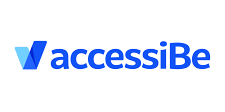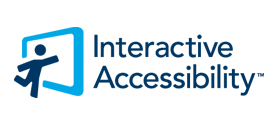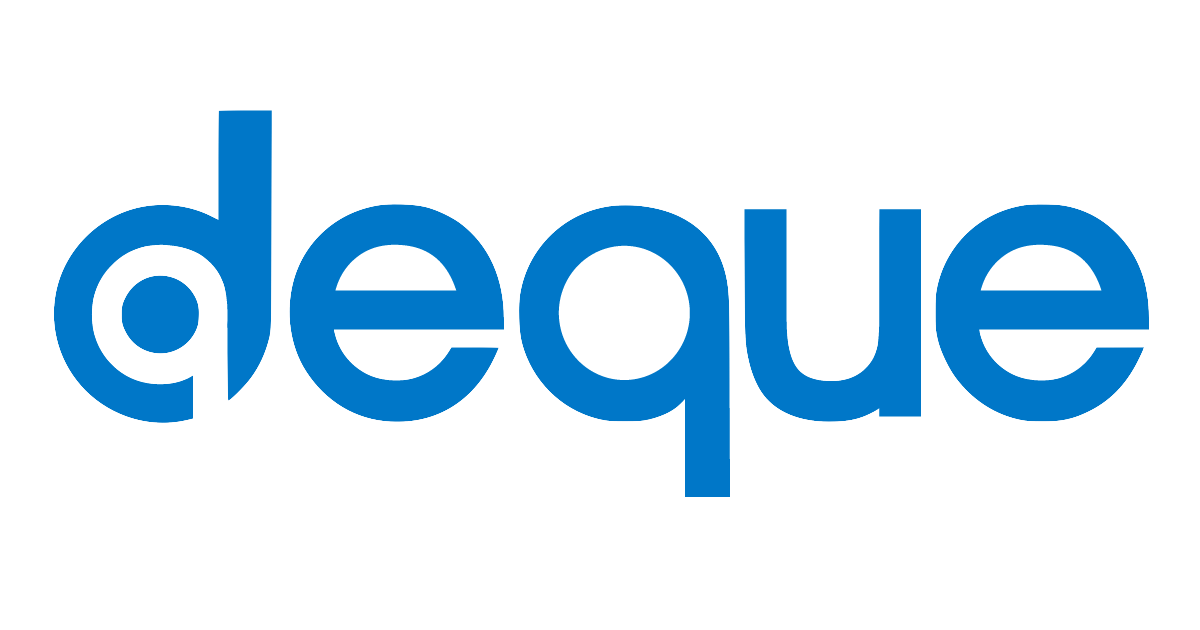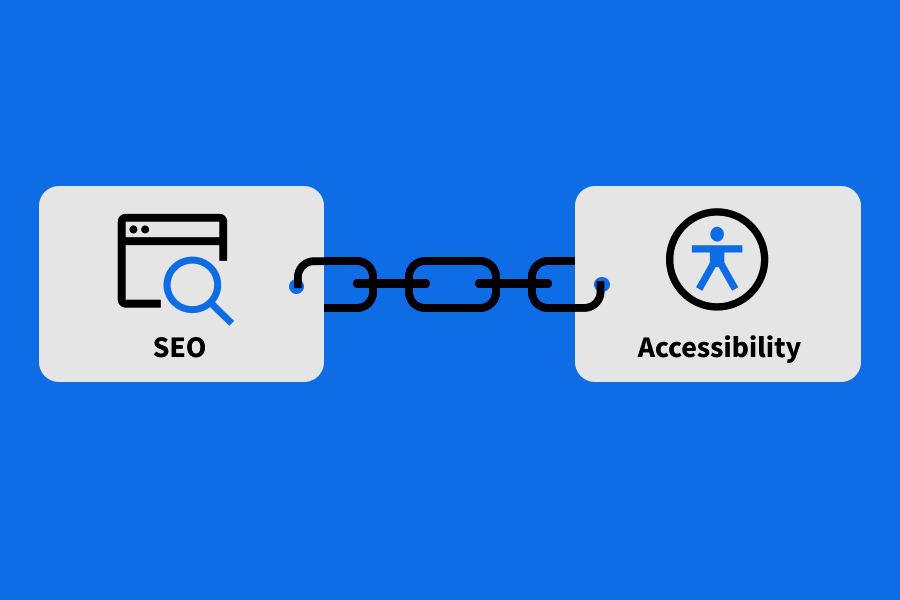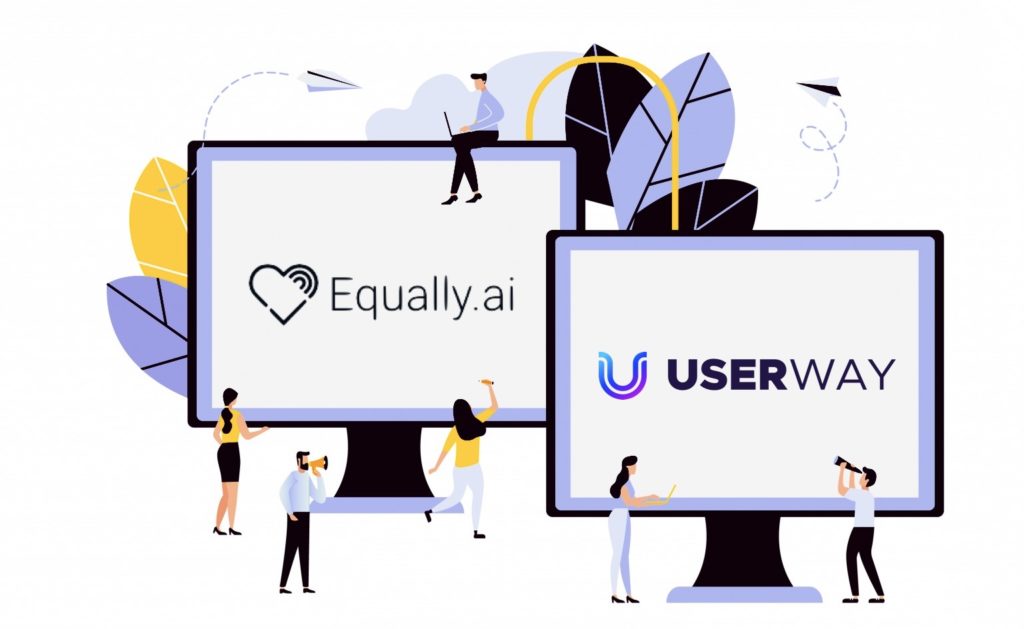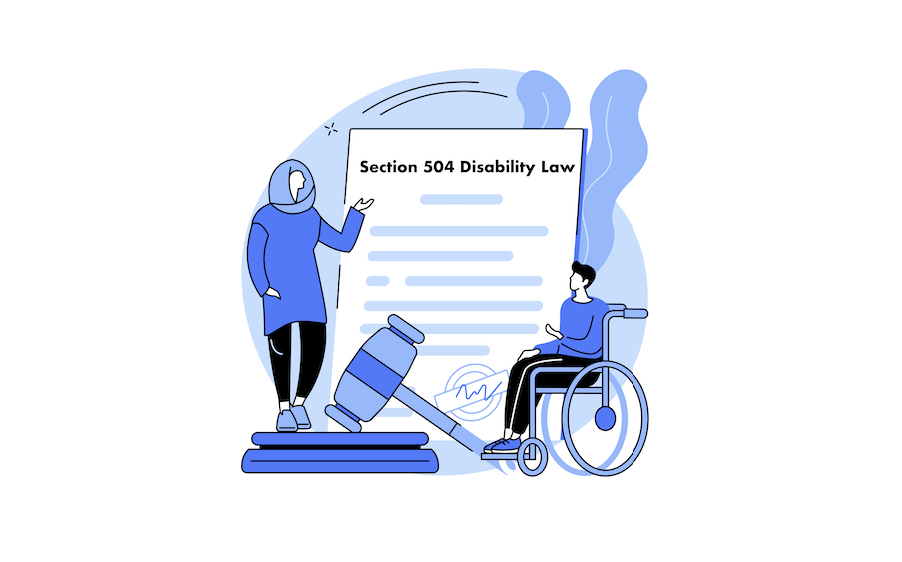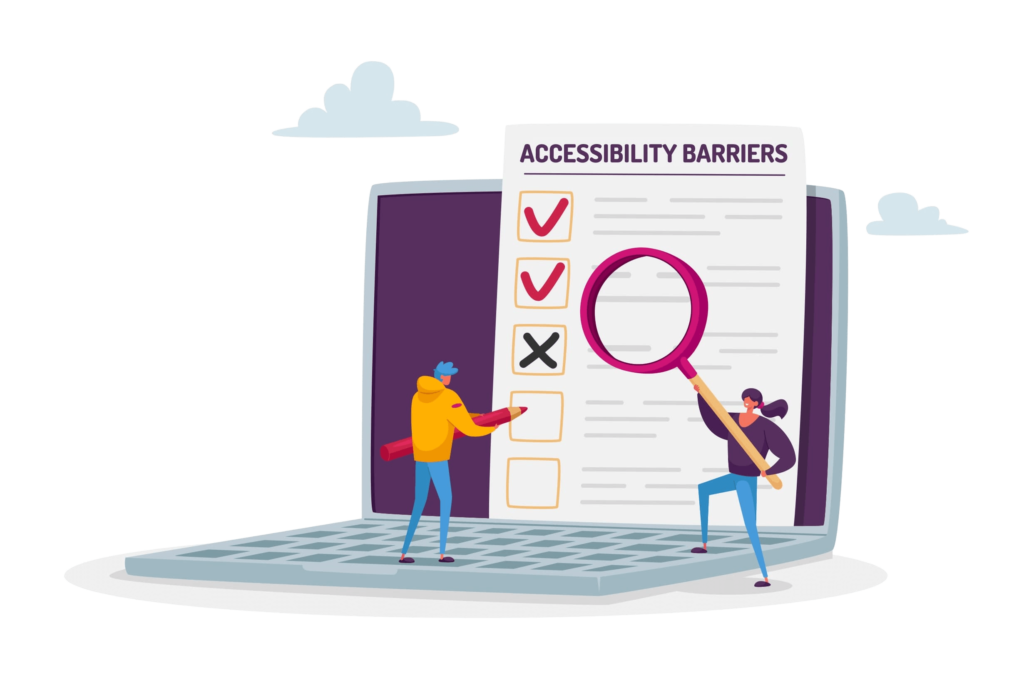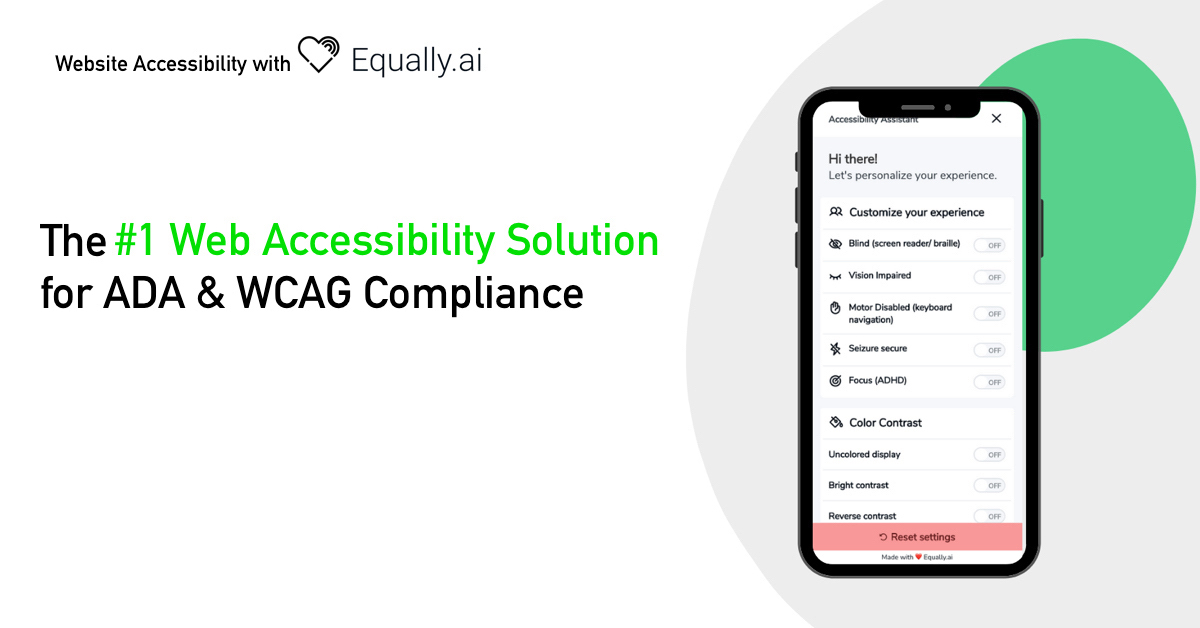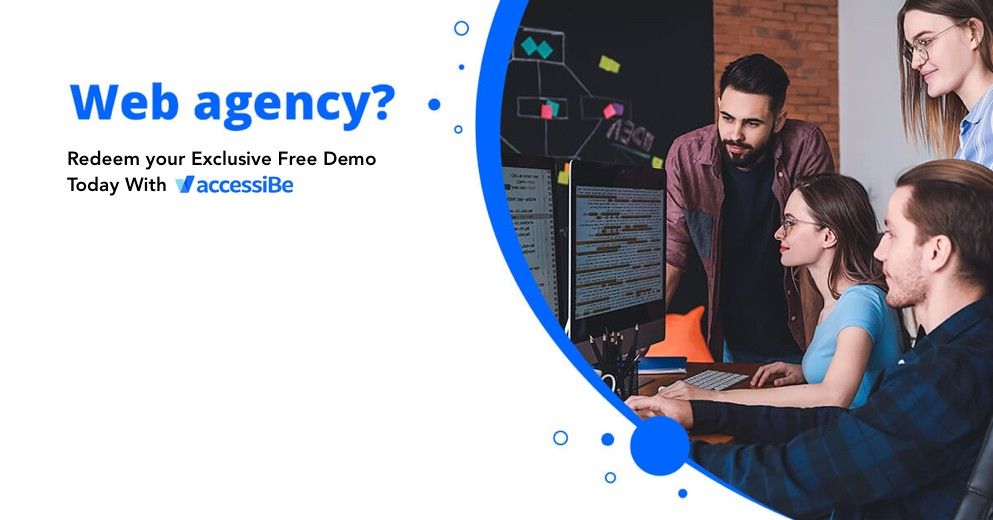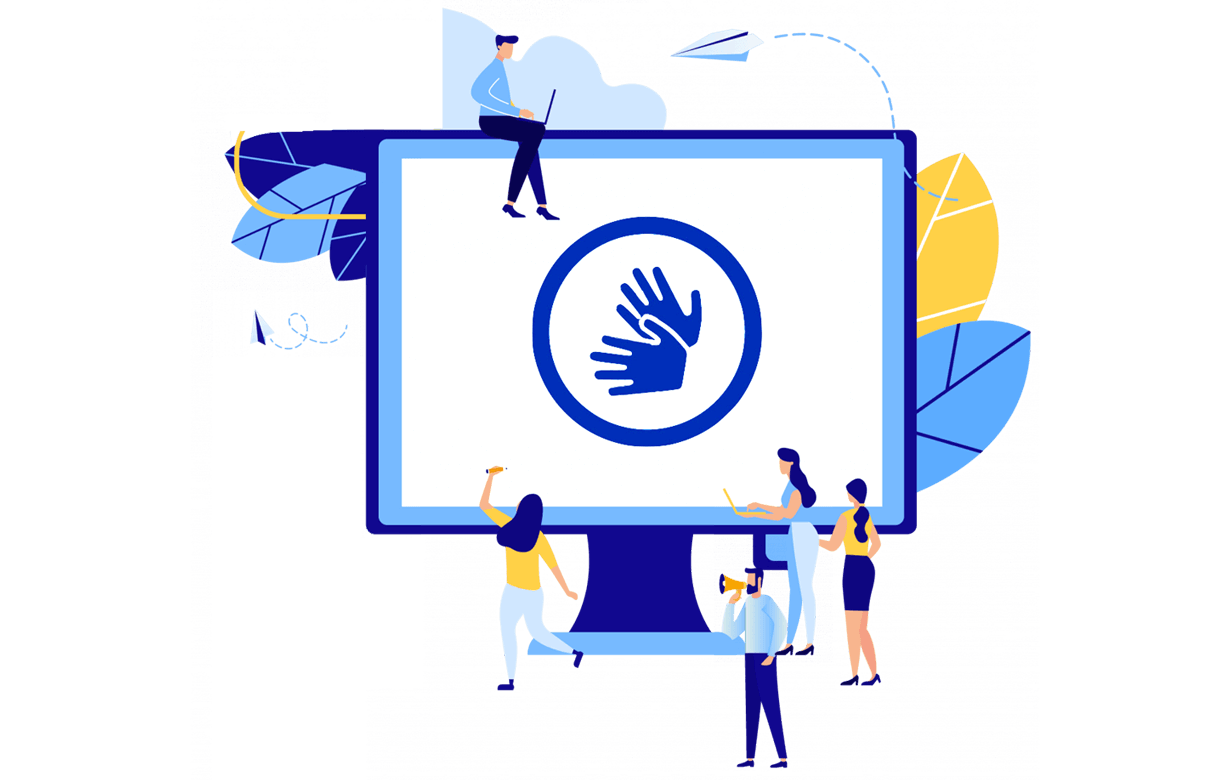
Statistics of Physical Disabilities
The world population reached the number of 7.8 billion this year, and one billion people live with some form of disability. This is 15% of the world’s population. Of all the different disabilities, one of the most common disabilities is a form of physical disability. Living with a form of physical disability can limit an individual’s ability to perform certain activities independently. In this article, we explain the different web accessibility barriers people with a physical disability experience.
Physical disabilities are primarily caused by two factors – congenital and acquired – can be a temporary or permanent part of a person’s life. People with physical disabilities have different ways and tools to access the web. Sometimes they experience barriers with the web design or content, making it hard to receive information online.
To solve this problem, the Worldwide Web Consortium (known as W3C) has established strict guidelines that should be followed by every website so that the web is made accessible for people with physical impairments. These guidelines are followed by countries worldwide, including Australia, the United States, Canada, the United Kingdom, countries in South America, and Europe.
What is physical disability exactly?
The term disability refers to mental or physical conditions that cause limitations in a person’s movements, activities, or senses. The World Health Organization defines this as a condition of the human body or mind (known as an impairment), which results in difficulty in carrying out some forms of activities (activity limitation) and their ability to communicate with the world (participation restrictions). Therefore, disability is seen to have three significant structures or components – impairment, activity limitation, and participation restrictions.
Having looked at the meaning of disability, we can now say that physical disability is any deviation from the norm in an individual’s physical condition (impairment). This condition causes a general effect on a person’s mobility, endurance, or physical skill (activity limitation), which causes a reduction in the way and manner they interact with people around them and the world at large (participation restrictions). Some examples are injury to the spinal cord/brain, multiple sclerosis, cerebral palsy, or epilepsy. But also Repetitive Strain Injury (RSI) in the hands, rheumatism, or a broken arm.
Causes of physical disabilities
Physical impairments of an individual can be caused by one of two situations; these are:
- Congenital or hereditary physical impairment
In this scenario, a physically impaired person is born with their physical condition. It can also start after several years; in such a situation, it is discovered that genetic or inherited problems cause the condition.
- Acquired physical disability
Acquired physical disability refers to a physical disability caused by infection, disease, and accidents. It can also be due to a medical condition gone wrong or even side effects of medication.
Types of physical disability
Some major types of physical disabilities include the following.
- Brain injury
Also called the acquired brain injury, that can occur due to damages to the individual’s brain after birth. They are often caused by several factors such as stroke, infections, cancer, or insufficient oxygen. There can be a different result of this disorder; for example, a person can have spasticity problems, which means their muscles can suddenly contract or tighten or have problems with their balance. But they can also suffer from severe headaches.
- Amputation
This condition is quite self-explanatory. It involves the amputation of essential body parts, such as the limbs or fingers.
- Injury to the Spinal Cord
An injury to the spinal cord can make most of the time hurt when excess pressure is applied to it, as this may cause insufficiency of blood and oxygen supply. When this happens, the person could suffer from a condition called paraplegia or quadriplegia. In Australia, this condition is 79% of the time caused by accidents; it can also be caused by arthritis, blood clots, cancer, and infections.
- Spina bifida
Spina bifida is a situation where the spine and spinal cord are incompletely formed while in the uterus. When this happens, the spinal cord and nerves are located on the back surface, rather than being located inside the bone canal surrounded by muscles. People suffering from this disorder suffer from mild to severe physical impairments, including leg paralysis, bowel incontinence, spinal deformity, hydrocephalus, and more. Though not sure, experts believe environmental or genetic factors cause it.
Other forms of physical disabilities include:
- Arthritis (rheumatism)
- Fibromyalgia
- Muscular dystrophy
- Repetitive stress injury (RSI)
- Cerebral palsy
- Tremor and spasm
- Cystic fibrosis (CF)
- Multiple sclerosis
Number of people suffering from physical disability
Research conducted by the CDC – Centre for Disease Control – discovered that 26% of adults living in the United States have some form of disability. That equals one in every four US citizens. This means that an estimate of 61 million people is living with a disability in more precise numbers.
Further analysis revealed that 13.7% of people in the US have a disability regarding mobility and find it difficult to walk or walk up the staircase, with 3.6% having difficulties carrying out physical activities like dressing or bathing.
The most common barriers online for people with physical disabilities
Most web content is created for the average person who lives a disability-free life. This means it is a challenge for disabled people, including those with physical disabilities. Consequently, they are unable to access the web and access the information provided. Some of the barriers that are peculiar to persons with physical disabilities are:
- Inadequate time limit
When asked to complete tasks like filling out an online form, the time limits set on the web pages are not charged with physically impaired people in mind. Physically disabled people require more time to carry out requests on online pages.
- Keyboard Support
Most websites, authors, and web browsers do not provide any form of keyboard support, making it extremely difficult for them to use the web.
- No orientation cues
Page structures, navigation services, visual and non-visual cues (orientational ones) are often missing on this page, making them inaccessible.
- Navigation mechanisms are complicated.
Often the web pages are found to be highly inconsistent and unpredictable, with very complicated navigation mechanisms.
- No alternate text
Another essential factor missing in some web pages is the absence of alternate texts for image contents.
Web Accessibility updates for Physical Disabilities
From the guidelines given by the W3C, WCAG 2.0, every website has been mandated to ensure web accessibility is enabled for their webpages. This mandate is to cater to every person’s needs with or without a disability or physical impairment. This is made possible by ensuring their webpage is robustly rich in content, which is operable (easy to use) and easily understood by every user, including physically disabled individuals.
Therefore, it ensures that resources/tools are put in place to aid everyone’s easy readability without discrimination. To do this, the following specialized hardware and software must be put in place.
- Specially designed mouse or keyboard
Physically impaired people need a mouse and a keyboard that has been designed to support users to a comfortable and efficient experience. Hence, they can rely entirely on keyboard support used to activate the various functionalities on the web page.
- Tools for typing
These include mouth sticks, head pointer, and other devices that help with typing instructions. This is very important because people with physical disabilities require more time to navigate, type, and interact with web pages. They are more likely to activate commands by typing single keystrokes following a defined sequence instead of chording (typing simultaneous keystrokes). The keystrokes include orders of shortcut keys, unique characters, etc.
- On-screen keyboard
They generally need an on-screen keyboard to use with joysticks, trackball, and several other pointing devices. This is necessary because physically challenged individuals often have issues clicking on small tabs on their screen and making mistakes while trying to access a document. Hence the need for pointing devices and other tools.
Other significant changes that make the web accessible are:
- Eye tracking, voice recognition, and other tools that provide hands-free interaction.
- Switches that can be operated by using a foot
These are several tools that have been promulgated and enforced into rule by several countries.
To Conclude
As in any situation, people adapt to their living situation and capabilities. However, giving people with physical disabilities the tools to access all the content will have a substantial positive impact on their lives and doesn’t cost a lot of work from the side of the website owner. There are many easy-to-use tools and solutions nowadays. Not only do individuals see the benefits of full web accessibility, but governments of different countries also agreed to work together to make web accessibility a reality across the world.
As a website owner, you must ensure your website is designed with the W2C guidelines in mind. Please take a look at the web solutions we have reviewed, and start updating your website today.


